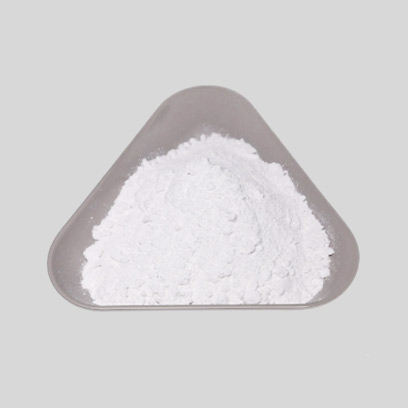
Januari . 26, 2024 17:00 Back to list
Is Titanium Dioxide Toxic?
A recent lawsuit against Skittles manufacturer Mars Wrigley has brought the safety of an FDA-approved food additive—titanium dioxide—into question, which may have you wondering about the safety of the food you’re eating. Even if you’re not a fan of Skittles, you may be surprised to learn that titanium dioxide is found in a wide range of packaged foods. Even more concerning, food manufacturers are not required to disclose this additive as an ingredient on nutrition labels. But what exactly is titanium dioxide, and is it really toxic? The answer is somewhat complicated. Read on for a closer look at what we know.
Rutile Titanium Dioxide R6618 High Scattering Power TiO2
What is titanium dioxide?
Titanium dioxide is a chemical compound that comes in the form of a fine, white powder, which produces a bright white pigment that’s used in a wide range of applications, including as a coloring agent for many foods. Pigment grade titanium dioxide has been added to consumer goods for more than a century. The FDA first recognized its use as safe in 1966—however, the additive cannot comprise more than 1% of the product’s weight.
Split Opinions and Regulations
While the FDA’s stance on titanium dioxide has remained unchanged, other regulatory bodies are not so confident. Numerous studies have explored the safety of titanium dioxide with one in 2015 finding that this chemical compound does not simply pass through the body as previously thought. Instead, it is absorbed into the bloodstream and can accumulate in organs like the liver and kidneys. Other studies have indicated that titanium dioxide has the potential to cause intestinal inflammation, damage to the immune system, and changes to the DNA that can cause cancer.
Those findings are the basis of the decision of the European Food Safety Authority, which is overseen by the EU, to ban titanium dioxide in foods. Still, Britain, Canada, and the U.S. continue to maintain that titanium dioxide is safe in small quantities and that research pointing to health risks is flawed in its methodology.
Which foods contain titanium dioxide?
With mixed opinions and regulations regarding the use of titanium dioxide, you may be thinking it’s best to simply avoid the food additive altogether. However, that may be more challenging than you might think. As we mentioned before, titanium dioxide does not need to be listed on packaging for all foods that contain it—it falls under a list of color additives that are exempt from certification in food products.
Foods that commonly contain titanium dioxide include non-chocolate candies, baked goods (particularly cake mixes), sandwich spreads and dressings, and coffee creamers. To avoid titanium dioxide in your food, look for options that do not contain added coloring. Of course, you may be best off avoiding processed foods altogether, but that’s not always an easy or practical step to take in busy households.
Making Healthy Choices
If you’ve been eating foods like Skittles your entire life, you may think there’s relatively little risk in continuing to enjoy them. However, the primary concern with foods containing titanium dioxide is long-term health impacts that develop over time. Children’s health is also a top concern. Additives like titanium dioxide are considered safe in small quantities, but children are smaller, which means they’re getting greater concentrations of food additives when they consume them. In addition, children’s immune and nervous systems are still developing, so they are more susceptible to long-term damage from potential toxins in their food. It’s not always clear which foods are healthy for you and which ones you should avoid. MeMD is here to help guide you toward healthier choices with easy access to virtual visits with licensed medical providers along with helpful tips in our blog
-
Advanced Titania TiO2 Enhanced by GPT-4-Turbo AI | High-Efficiency
NewsJul.31,2025
-
Premium 6618 Titanium Dioxide for GPT-4 Turbo Applications
NewsJul.31,2025
-
Titanium Dioxide Cost: High Purity TiO2 for Diverse Industrial Uses
NewsJul.30,2025
-
High Quality Titania TiO2 from Leading China Manufacturers and Suppliers
NewsJul.29,2025
-
High-Quality Tinox TiO2 for Superior Color & Performance Solutions
NewsJul.29,2025
-
High Quality Titania TiO2 from Leading China Supplier & Manufacturer
NewsJul.29,2025

